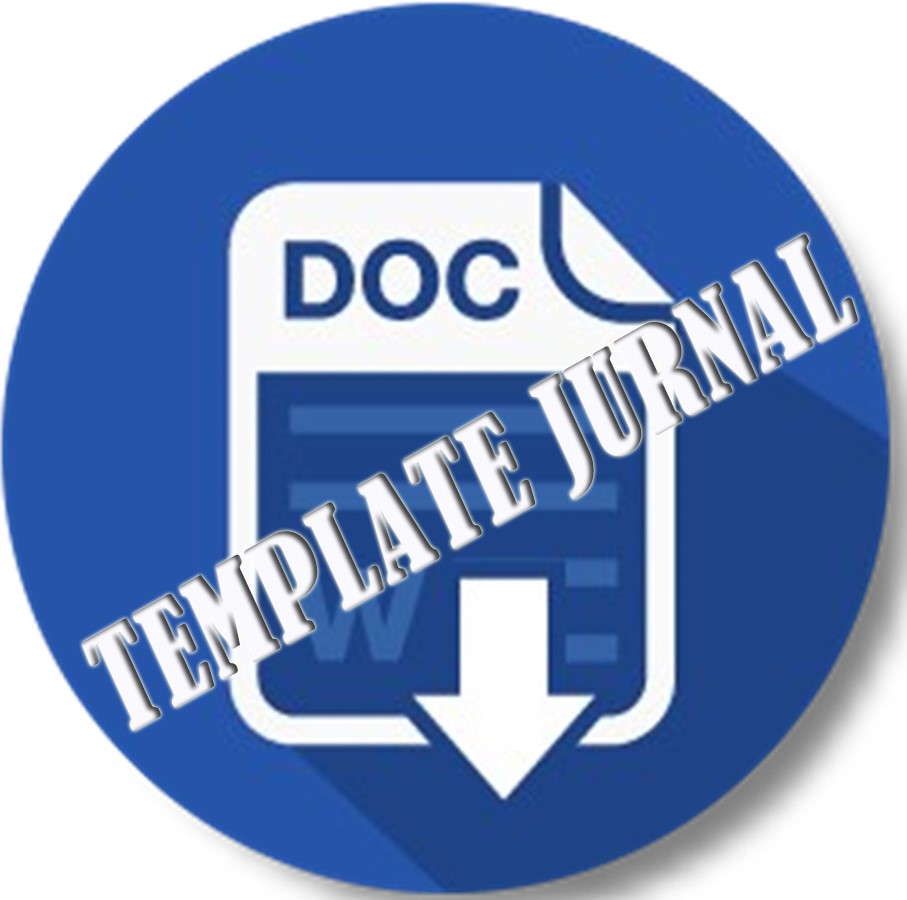PEMBENTUKAN ULANG FASADE BANGUNAN TERMINAL BUS TIPE A SOEKARNO DI KLATEN, JAWA TENGAH
Abstract
Transportation is moving users or goods from one place to another through vehicles. At the same time, the terminal is a gathering point for vehicles either starting, stopping/transiting, or finishing at a transportation destination. This study aims to discuss the shape of the facade at Soekarno's Type A Bus Terminal in Klaten, Central Java, as well as to provide new ideas, proposals, and ideas from the facade through the design process. The method used for this research is the descriptive analysis by collecting and analyzing primary and secondary data sources, then evaluated further and implemented into the building facade design. The result of this research is the remodeling of the facade of the Soekarno Klaten Bus Terminal building, which was inspired by the design of the Gunungan Wayang facade following the impression of Central Javanese culture. It is hoped that applying the facade with the interpretation of wayang culture will grow and preserve local wisdom without reducing the aesthetic elements of the building.
References
PERMENHUB RI Nomor PM 24 Tahun 2021 tentang Penyelenggaraan Terminal Penumpang Angkutan Jalan, JDIH Kemenhub RI, 2021
ITDP. Indonesia, Public Transport Reform Guideline for Indonesian Cities, 2019.
A. Sedayu, H. Sulistio, A. Soehardjono and A. Wicaksono, Standar Pelayanan Minimal Terminal Bus Tipe A, Malang: UB Press, 2014.
K. RI, "Kementerian Perhubungan Republik Indonesia," 23 Agustus 2018. [Online]. Available: http://dephub.go.id/post/read/menengok-terminal-terbaik-se-jateng-diy. [Accessed 06 Juni 2022].
V. Klaten, “Terminal bus IR Soekarno Klaten,” Visit Klaten, 10-Feb-2021. [Online]. Available: https://www.visitklaten.com/artikel/terminal-bus-ir-soekarno-klaten/. [Accessed: 08-Jun-2022].
A. Rachmandana, N. B. Hartanti and M. A. Topan, "Analisis Pengolahan Fasad Interaktif pada Perancangan Bangunan Sportclub Taman Wisata Olahraga di Blora," Jurnal AGORA, vol. Vol. 17, pp. 104-109, 2019, doi: http://dx.doi.org/1025105/agora.v17i2.7564.
B. Anggoro, "Wayang dan Seni Pertunjukan: Kajian Sejarah Perkembangan Seni Wayang di Jawa Tengah sebagai Seni Pertunjukkan dan Dakwah," JUSPI: Jurnal Sejarah Peradaban Islam, vol. 2 No. 2 Tahun 2018, pp. 122-133, 2018, no. ISSN 2580-8311, doi: http://dx.doi.org/10.30829/j.v2i2.1679.
A. A. Indriyanto, Sumarno and K. Swastika, "The Function of Wayang Kulit in the Spreading of Islamic Religy in Demak at 16th Century," Jurnal Historica, vol. 2, no. 1, pp. 81-91, 2018.
A. Loita, "Simbol-Simbol dalam Gunungan Wayang Kulit Jawa," Magelaran: Jurnal Pendidikan Seni, vol. 2 No. 2, pp. 61-65, 2018,doi: https://doi.org/10.35568/magelaran.v1i2.463
Subiyantoro, S., Kristiani, K., & Wijaya, Y., "Javanese Cultural Paradoxism: A Visual Semiotics Study on Wayang Purwa Characters of Satria and Raseksa Figures," Harmonia: Journal of Arts Research and Education, vol. 20 No. 1, pp. 19-28, 2020, doi:https://doi.org/10.15294/harmonia.v20i1.23838









